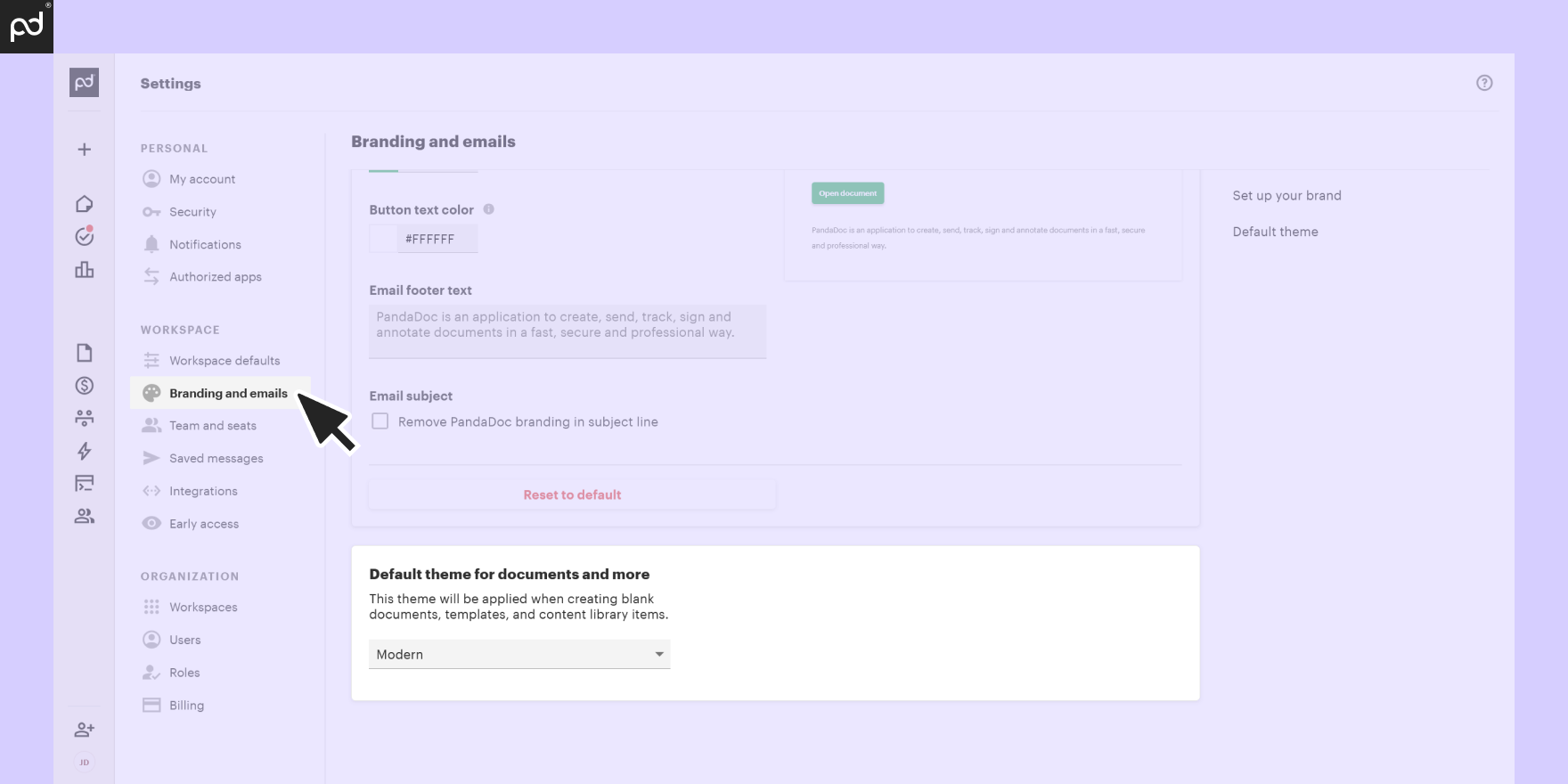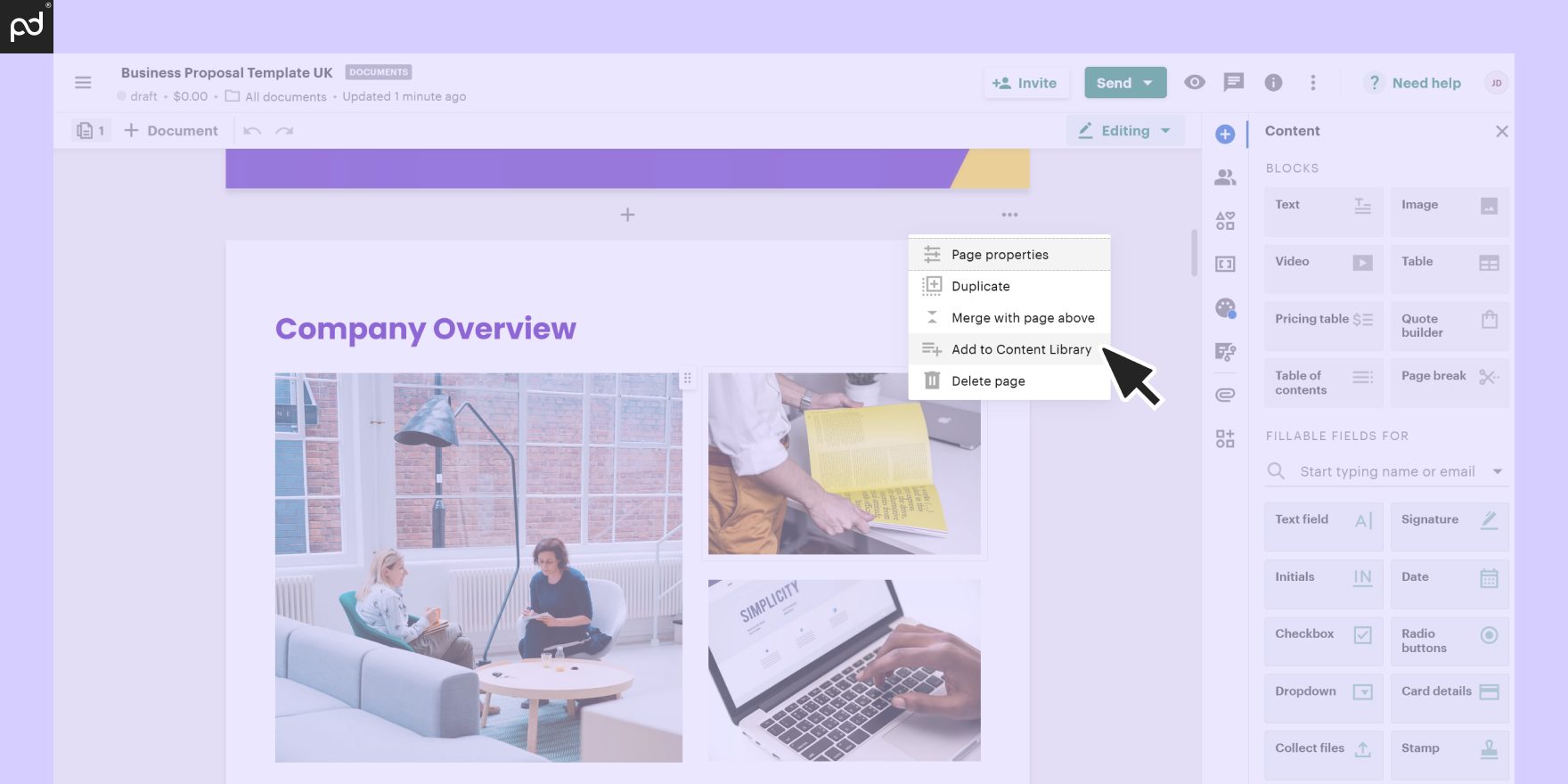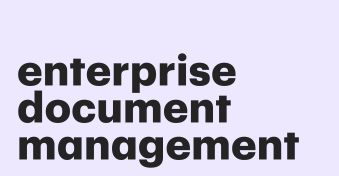As a marketing manager, you’re probably tired of your team using multiple applications and services instead of one robust, all-inclusive enterprise marketing software.
Welcome to the club.
Choosing the right software solutions for handling ad creatives, organizing content, and nurturing leads is a river we’ve all had to cross on our marketing journey.
This article is your life raft as you navigate the tricky waters of choosing and implementing enterprise marketing software.
Key takeaways
- Enterprise marketing software can be used for lead management, content generation, search engine optimization, document handling, and email marketing.
- Before choosing software for enterprise marketing, confirm the pricing and vendor‘s reputation, as well as the presence of airtight security and compliance features.
- Marketers can use an enterprise marketing suite to generate more leads, drive more customer engagement, and increase conversions.
What is enterprise marketing software?
Enterprise marketing software (EMS) refers to applications and services that enterprises use to coordinate and execute marketing campaigns and related initiatives.
This software solution allows enterprises in all spheres to optimize their marketing strategies in order to maximize conversions and profit.
Types of enterprise marketing software
The EMS could be a standalone solution that focuses on one module or a multi-purpose platform that covers several functions all at once.
Here are different types of enterprise marketing software:
- Lead management for lead generation and nurturing qualified leads
- Customer relationship management (CRM) for handling interactions with customers
- Content management system (CMS) for managing content calendars, templates, writing guides, contracts, and idea banks
- Search engine optimization (SEO) for improving website and app rankings on search engines and app stores (ASO)
- Chatbots and service desks for addressing support incidents and customer concerns.
- Email marketing software for planning, tracking, and executing end-to-end campaigns.
- Business intelligence for consolidating and analyzing data from users and research
- Project management for curating workflows and internal marketing processes.
Other applications of EMS include enterprise resource planning (ERP) and enterprise asset management (EAM).
Due to the competitiveness of the current EMS market, vendors now combine different types of EMS solutions into one platform.
One example is the marketing software offered by PandaDoc, which is used by enterprises for content marketing, email marketing, and a litany of operations, while also supporting the tools teams use for lead management and project management.
Benefits of enterprise marketing software
Let’s explore the benefits of enterprise marketing automation software for medium- and large-scale corporations:
Gain and nurture leads
Data from an EMS marketing hub helps businesses acquire the right leads by harping on their interest and addressing pain points using “drip feed” emails, personalized SMS, or social media messaging.
Once a lead enters the funnel, the EMS solution will help you map their customer journey to nurture them to maturity.
Speed up marketing efforts
Marketing automation tools speed up the process by getting rid of repetitive tasks in the pipeline.
Some optimizable operations include lead scoring and prioritization, post scheduling, engagement monitoring, and email campaigns.
EMS platforms also help you create and carry out A/B testing for different ideas in order to identify opportunities for improvement.
Furthermore, marketers can access a content library, repurposing frequently used content again and again.
Doing so makes it possible to generate customizable agreements, proposals, quotes, contracts, and other vital documents in a few seconds.
For enterprise users, speed and customization go hand and hand — they need a reliable tool to quickly, universally customize themes and branding as needed to stay competitive.
Target the right audience
EMS uses customer data and competitor analysis to narrow down your efforts toward targeting the correct audience for your campaign.
Analyzing engagement data will help you come up with different marketing ideas for varying user segments.
With a TA established, you can then harness enterprise-grade software to employ conditional logic to dynamically populate smart content blocks in content library items based on variable values.
Easily set triggers that apply conditional rules when a user generates a document from a template.
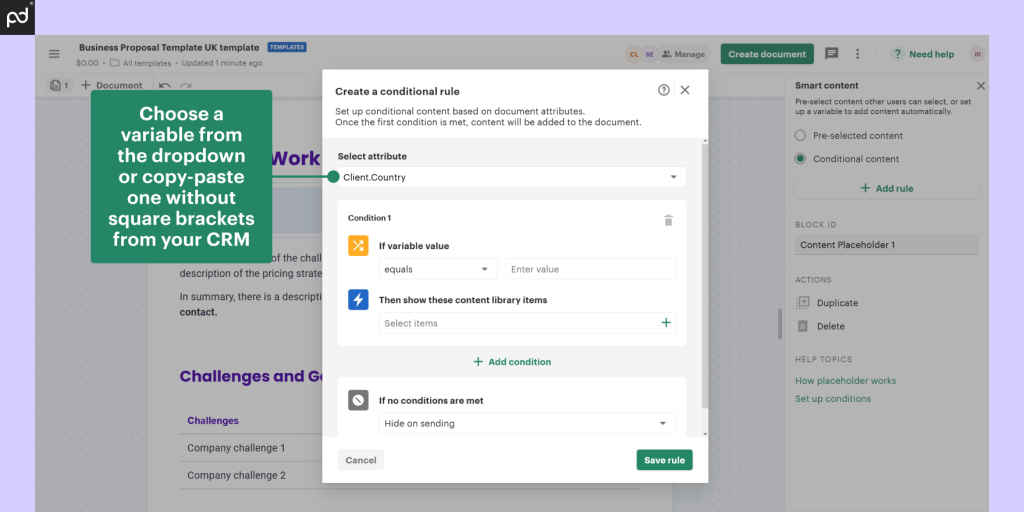
Reduce marketing spend
Using one EMS solution decreases how much marketing teams allocate for licensing and subscriptions for multiple applications and services.
You also spend less on “shotgun” tactics and focus on using tailored marketing to increase the probability of acquiring leads and boosting engagement.
Increase conversions
When you target the right audience segment, nurture leads, and speed up campaigns, the chances of conversion increase.
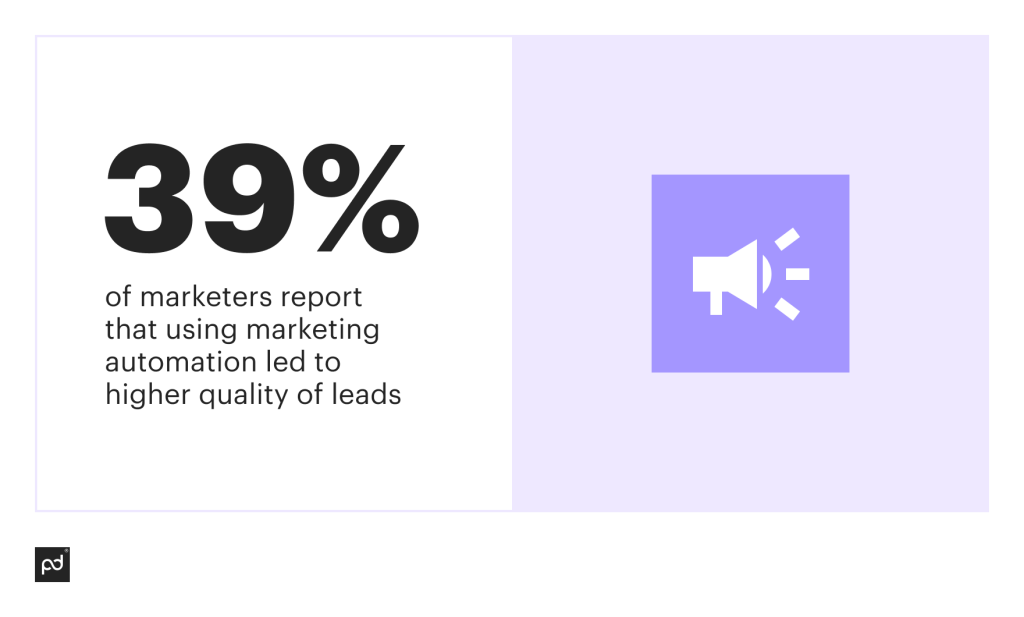
Data from experts shows that 39% of marketers report a significant increase in lead quality after implementing enterprise marketing software.
Conversion rates also increase when the user feels connected to your brand as they navigate through your roadmap.
Nail the reporting
Companies working with enterprise marketing software have access to multiple real-time data sources and visualization tools.
This helps them gather advanced analytical insights and synthesize the data in order to make decisions about initiatives.
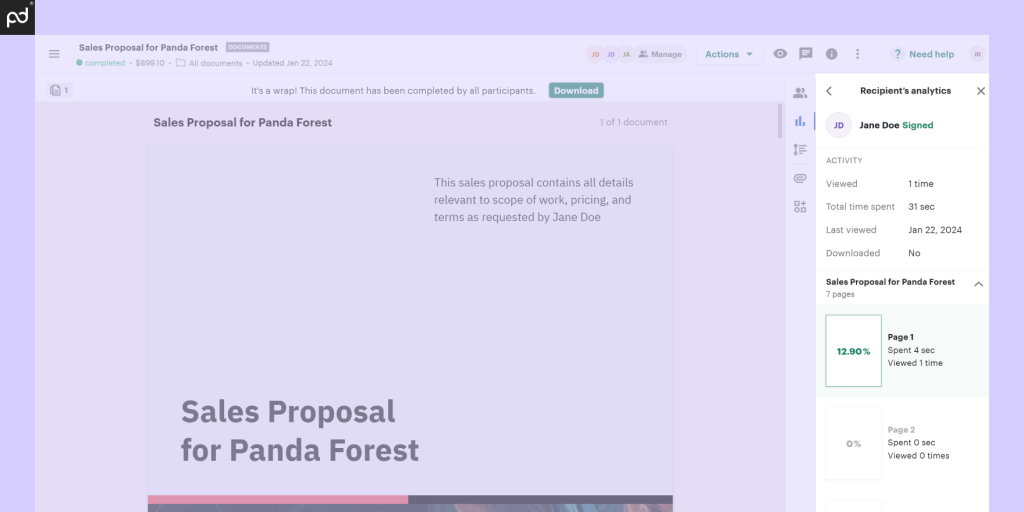
Combining enterprise marketing automation with machine learning and artificial intelligence is a recipe for accurate forecasting — which will help you stay ahead of trends and competitors.
You’ll get access to insights, KPIs, and micro-metrics for fine-tuning your campaign management efforts.
Scale at will
Enterprise marketing software makes it possible to scale operations and expand your marketing efforts in the following ways:
- It gives you a 360-view of the available seats for onboarding.
- It lets you know when to run more or fewer Google Ads, as well as scale content distribution.
- It shows you what works and how effective it is across different audience segments.
Improve the customer experience
EMS solutions improve the customer experience by addressing their pain points obtained from user-generated insights and feedback.
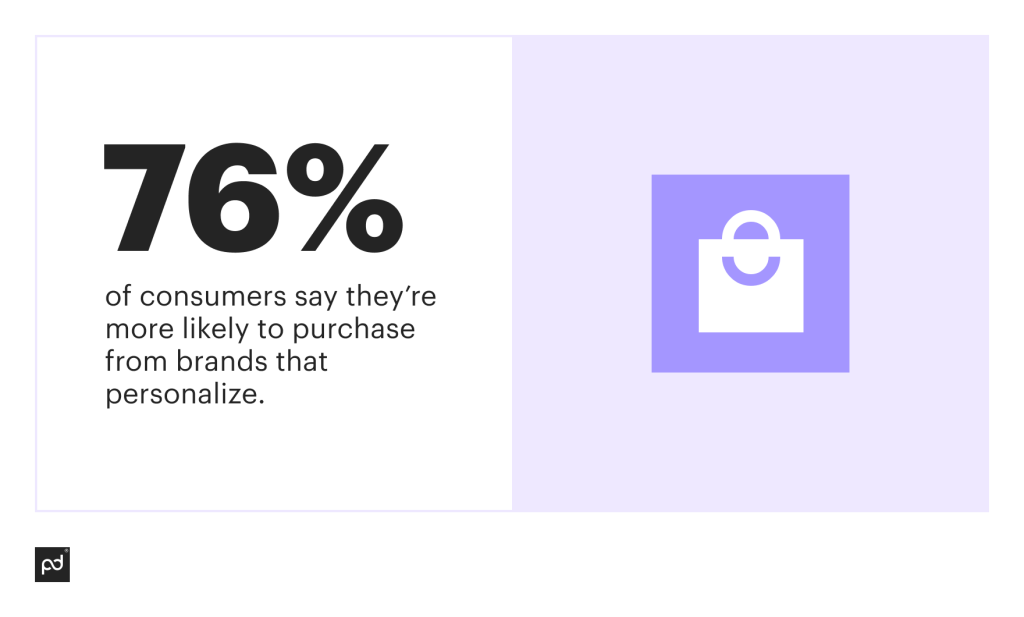
Simple tactics like email personalization, audience segmentation, and content humanization can help you connect with customers.
The payoff? You increase the chances of converting customers by 76%.
Key considerations when choosing enterprise marketing software
Some factors to consider when choosing or implementing enterprise marketing software include:
- Ease of use (customizability): Marketing and sales team members should be able to personalize copy, content, and creatives in alignment with specific user profiles.
- Analytics: Look for a solution with advanced analytical tools for collecting, analyzing, and displaying data.
- Integrations: Modern marketing automation solutions support integrations with other third-party services for payment, reporting, monitoring, testing, etc.
- Omni-channel customer support: Look for self-service portals, SMS, phone, and email channels for customer service.
- Automation: Consider platforms with automated notifications, AI, chatbots, and IoT connectivity.
- Compliance and security: Pay attention to security features and regulatory compliance (GDPR, CCPA, etc).
Other minor considerations include scalability and flexibility, multi-language support, pricing, deployment model, and vendor reputation.
Best practices for implementing enterprise marketing software
To get your conversions on an upward trajectory, here are the best practices for implementing enterprise marketing software.
- Define your objectives. Consult all key stakeholders in sales, marketing, and beyond to determine the goal of implementing the enterprise marketing automation platform. Boost conversions? Increase traffic? Get your business needs down in writing.
- Develop a strategy: Work on a plan to help you achieve the stated objectives. For instance, you can configure the EMS to generate social media content regularly. Engagement goes boom!
- Migrate your data: Your plan should also cover how to migrate data from existing systems without losing sensitive business data. Run an audit to determine whether to migrate everything in one stretch or in phases.
- Use omnichannel marketing: Focus on using the EMS platforms to unify your marketing initiatives and maintain consistent branding, tone of voice, messaging, and values.
- Test regularly: Use A/B testing to determine the effectiveness of multiple ideas or iterations of the same idea. Use testing tools to verify the accuracy and feasibility of migration before pushing the button.
- Integrate other systems: Use API integration to extend the EMS using CRMs, ERPs, EAMs, HRMs, CMSs, payment gateways, email automation, eSignature solutions, and other third-party applications in the marketing cloud.
- Track performance and optimize: Keep a keen eye on the analytics dashboards to monitor KPIs such as conversion rate, number of leads, revenue, search traffic, revenue, churn rate, satisfaction score, and many others.
- Prioritize security: Add firewalls, authentication protocols, and encryption to beef up security. Use role-based access controls (RBAC) and user permissions to limit access based on position and responsibility.
Boost marketing efficiency with PandaDoc
Enterprise marketing software allows large organizations to automate most or all stages and facets of their marketing campaigns.
The end goal is to use personalization to improve the customer experience and turn prospects into paying customers.
User-friendly enterprise marketing software from PandaDoc gives you access to content libraries and galleries, multiple document formats, advanced analytics, and third-party integrations.
